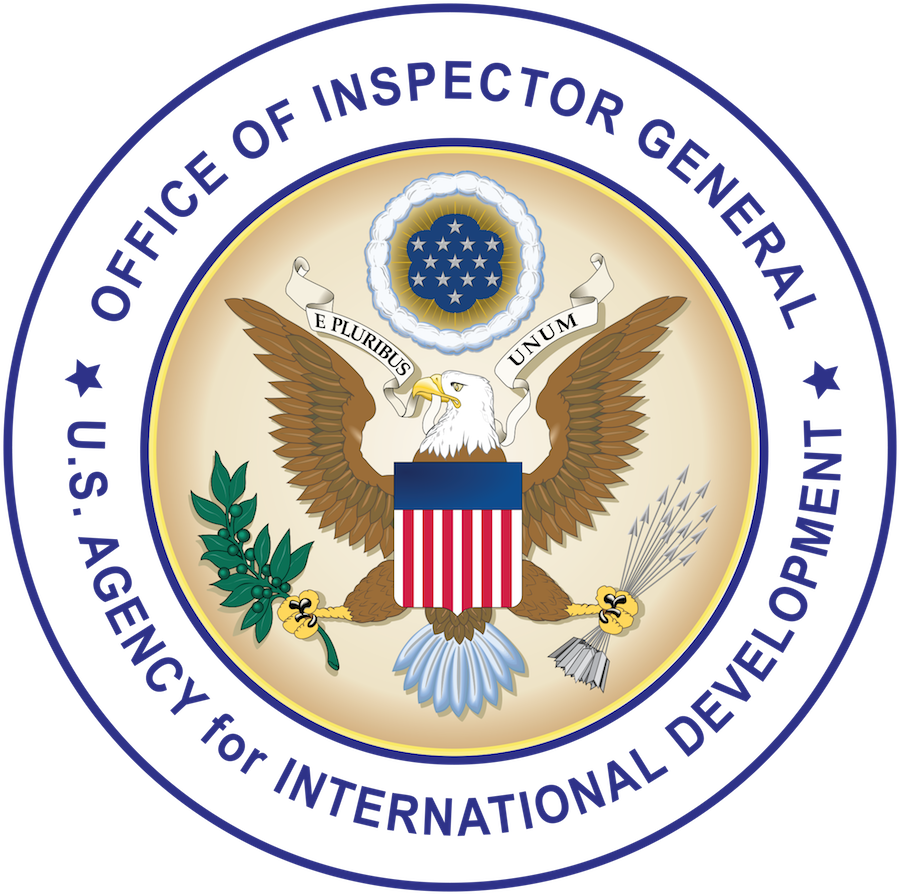Why We Did This Audit
The United Nations recognized Yemen as the world’s worst humanitarian crisis from 2018-2021. Amid escalating humanitarian needs, USAID reported that Yemen remains among the most complex response environments for the Bureau for Humanitarian Assistance (BHA). During our audit period from January 2019-January 2021, BHA obligated $1.47 billion in humanitarian assistance in Yemen, with $1.1 billion—nearly 75 percent—channeled through one public international organization. Audits by OIG and other oversight bodies have highlighted weaknesses in USAID’s monitoring, oversight, and risk mitigation for humanitarian assistance, particularly with awards to public international organizations.
Our audit objectives were to assess the extent to which BHA (1) designed mitigation measures to address risks in providing humanitarian assistance in Yemen and (2) implemented risk measures to help ensure that activities contributed to achieving humanitarian objectives in Yemen.
Key Findings
In response to risks facing aid delivery in Yemen, BHA/Yemen developed a Risk Mitigation Plan outlining 14 risk mitigation measures to help maintain a comprehensive risk mitigation system for humanitarian assistance in the country. BHA/Yemen reported that this plan played a key role in organizing its overall approach to monitoring programming in Yemen but did not provide evidence that staff used a systematic process to identify, assess, and document related risks to develop the plan. The plan missed opportunities to incorporate key practices in risk management.
BHA/Yemen documented actions in implementing most of the 14 risk mitigation measures outlined in its Risk Mitigation Plan, but for 4 measures, BHA/Yemen did not provide evidence of implementation. Additionally, BHA/Yemen did not ensure that its key mitigation measure designed to monitor and improve the operating environment applied to all humanitarian assistance program activities across Yemen.
We made four recommendations to improve BHA’s processes for risk management and mitigation. BHA agreed with all four recommendations.
